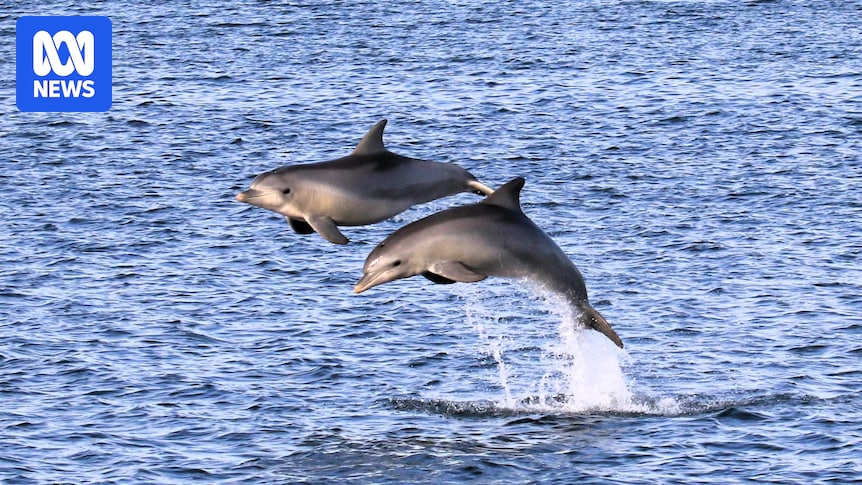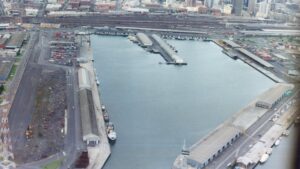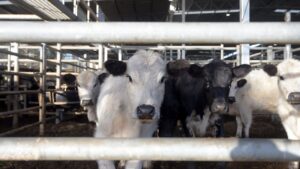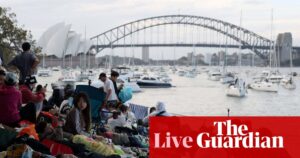
Australia is home to the world’s only city-based dolphin sanctuary, established in 2005 to protect a rare dolphin pod residing in an Adelaide estuary. Since its inception, the sanctuary has battled pollution, speeding boats, and fishing lines, leading to a halving of the dolphin population. Experts fear that some of the most significant challenges for these dolphins are yet to come.
The Port River, a mix of power plants, residential development, and industrial businesses, is a place of breathtaking beauty. Dense 10,000-year-old mangroves line the rivers, inlets, and creeks of this Adelaide estuary, where abandoned ships from as far back as 1909 rest, partially hidden by silt and mangroves. The area is also a haven for waterbirds traveling from as far as Siberia and Alaska.
The Industrial Impact on Port River
Despite its natural beauty, the Port River is also a hub of industrial activity. Power plants with high-voltage transmission towers, submarine construction, residential development, and scrap-metal recycling businesses line the river. Established in 1837, the river became South Australia’s first port and remains the state’s largest, with 2,000 container ships passing through each year.
Marine life and mangroves must coexist with these industrial activities, which pose threats to their survival. Marine scientist Mike Bossley has spent decades documenting and protecting the unique dolphin pod in the Port River, inspired by a lifelong love of the ocean.
“I grew up more or less in the ocean and I’ve loved the ocean ever since, all my life really,” Dr. Bossley said.
Conservation Efforts and Challenges
In the late 1990s and early 2000s, dolphins in the area faced severe threats, including being shot and stabbed. Dr. Bossley campaigned for a decade to have the estuary declared a marine protection zone, leading to the establishment of the Adelaide Dolphin Sanctuary in 2005. It became a criminal offense to harm the mammals, and a plan was implemented to improve their habitat and water quality.
Back then, the pod consisted of about 40 resident bottlenose dolphins. However, the population has since declined significantly. Dolphin researcher Marianna Boorman, who has been involved in the conservation efforts since her teenage years, recalls the ups and downs of the sanctuary’s history.
“We’ve certainly had some ups and downs — we used to see a lot more dolphins when the sanctuary was started,” Ms. Boorman said.
Despite efforts to protect them, dolphins have continued to face threats from human activities, including fishing line entanglements, boat strikes, and pollution. In 2021, six dolphins became abnormally thin and died within a few months, with post-mortem examinations revealing compromised immune systems.
Environmental Concerns and Future Challenges
The decline in dolphin health prompted a parliamentary inquiry last year, which found that toxicants likely contributed to the deaths. The estuary has a history of poor water quality, having been a dumping ground for industrial pollutants, with raw sewage discharged into the river until 2004.
Senior Kaurna woman Lynette Crocker is concerned about the historical pollution and the destruction of seagrass and mangroves, which she believes have damaged the ecosystem. She is particularly worried about plans to build nuclear submarines at Osborne, within the sanctuary.
“I’m fearful of what is going to happen with AUKUS, what is going to happen with the nuclear subs — not only for the dolphins, but for the rest of us,” Ms. Crocker said.
Dr. Bossley identifies three major challenges for the Port River dolphins: future algal blooms, the spread of H5N1 bird flu, and ongoing development along the Port River. An algal bloom detected earlier this month has raised concerns about its impact on the dolphins’ food supply.
Community and Conservation Efforts
Jon Emmett, who oversees the protection of the dolphins within the sanctuary, emphasizes the importance of ensuring that boaters, fishers, and other users abide by regulations to protect the dolphins and their habitat. He acknowledges that while progress has been made over the past 20 years, development in the Port could threaten the dolphins.
“There are challenges coming their way. We have a lot of development going on in the Port — it is going to get busier,” Mr. Emmett said.
Local tour guide Lewis Pullman, who leads dolphin sight-seeing trips, highlights the importance of the dolphins and the broader environment. He stresses the need to protect not just the dolphins but the entire ecosystem.
“The dolphins are the face that we all know and love, but there’s a lot beyond the surface that needs to be protected as well,” he said.
Despite the challenges, there are stories of hope and resilience. A dolphin named Rocket, orphaned at seven months, has managed to survive and thrive, offering a glimmer of hope for the future of the Port River dolphins.
The Port River remains a place of both heartbreak and miracles, where the efforts of conservationists and community members continue to strive for a balance between nature and industry.





